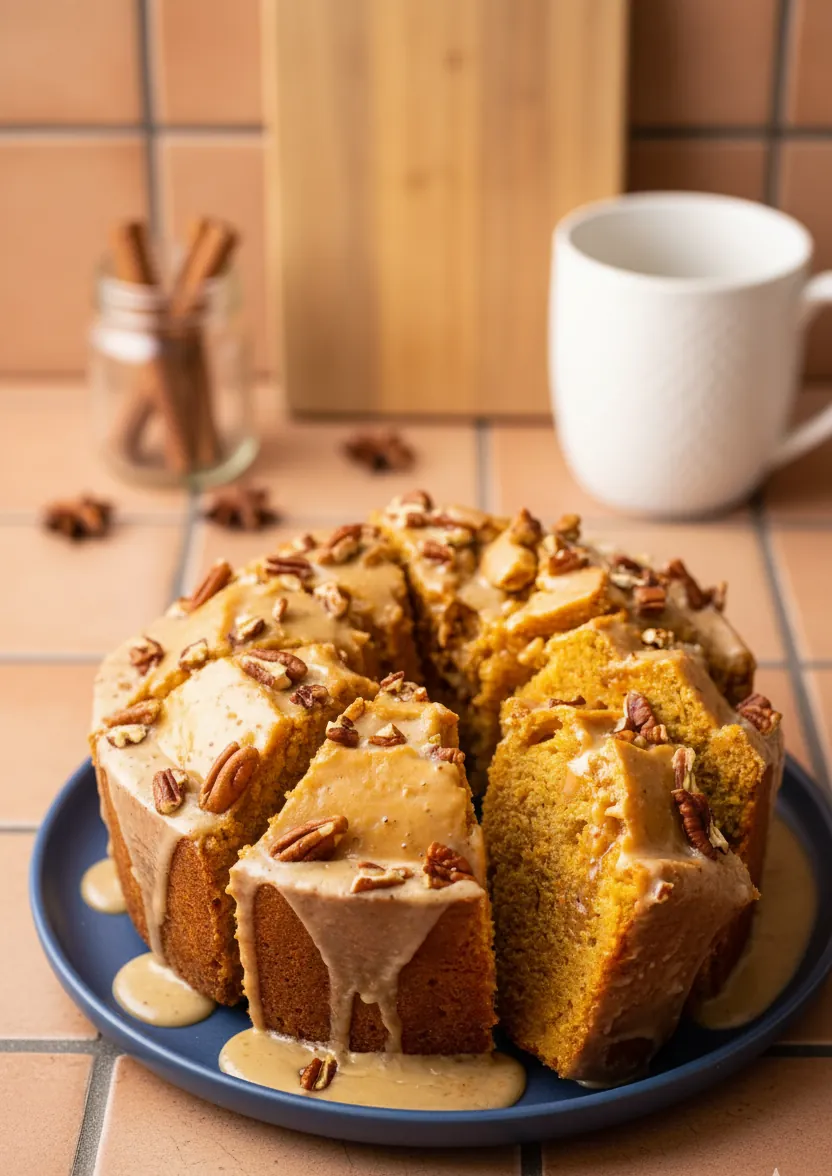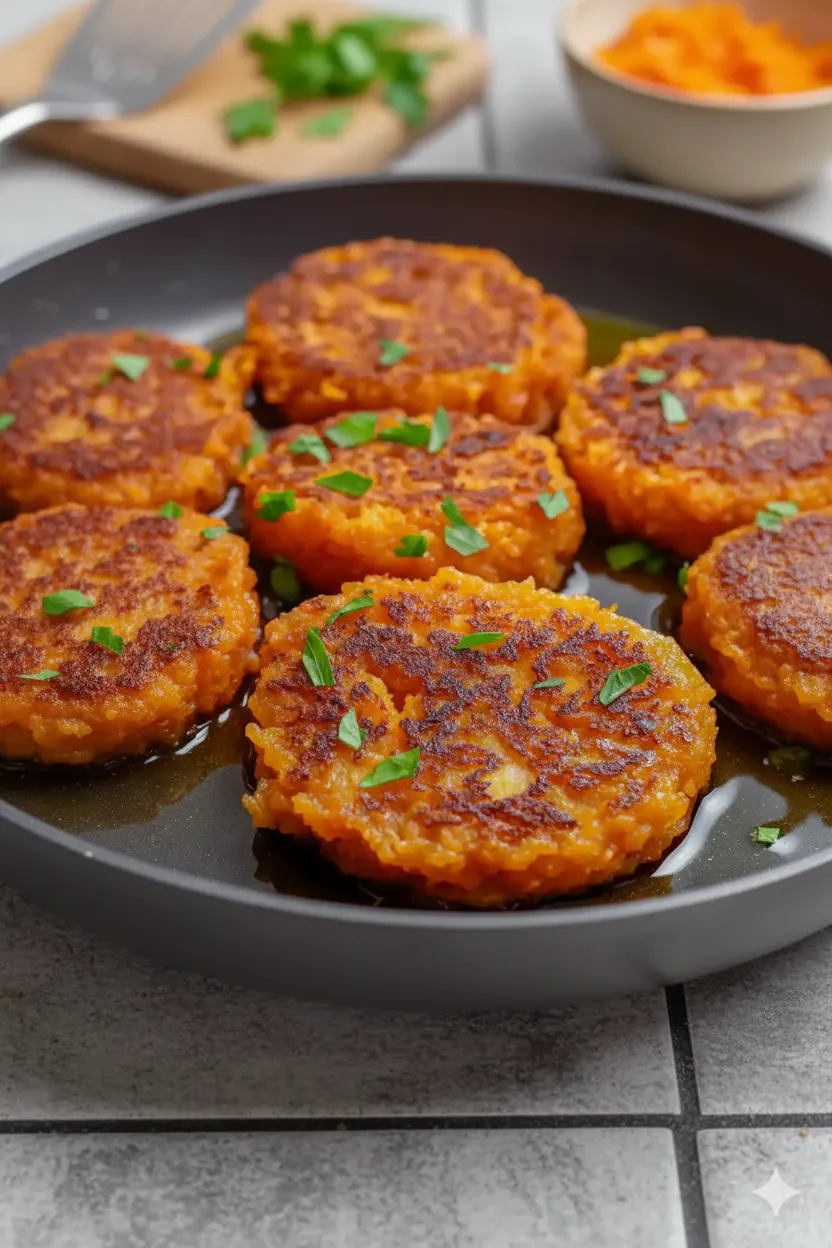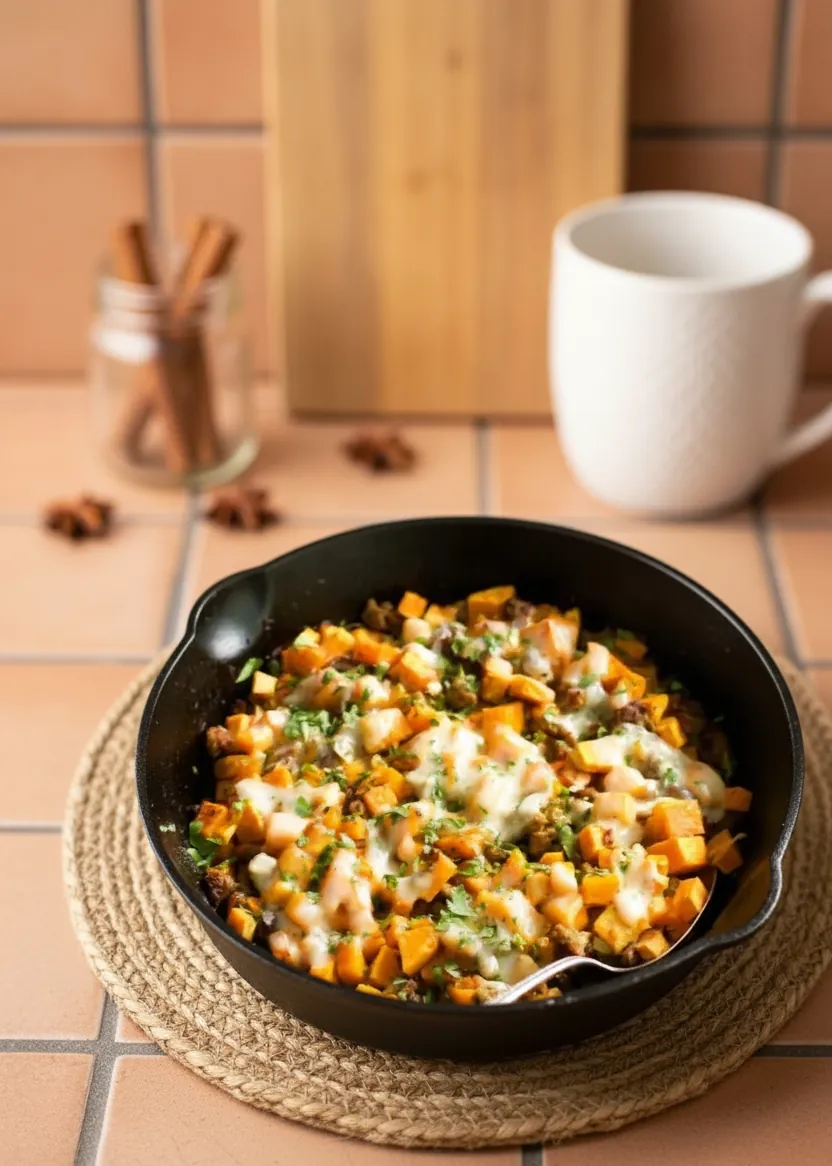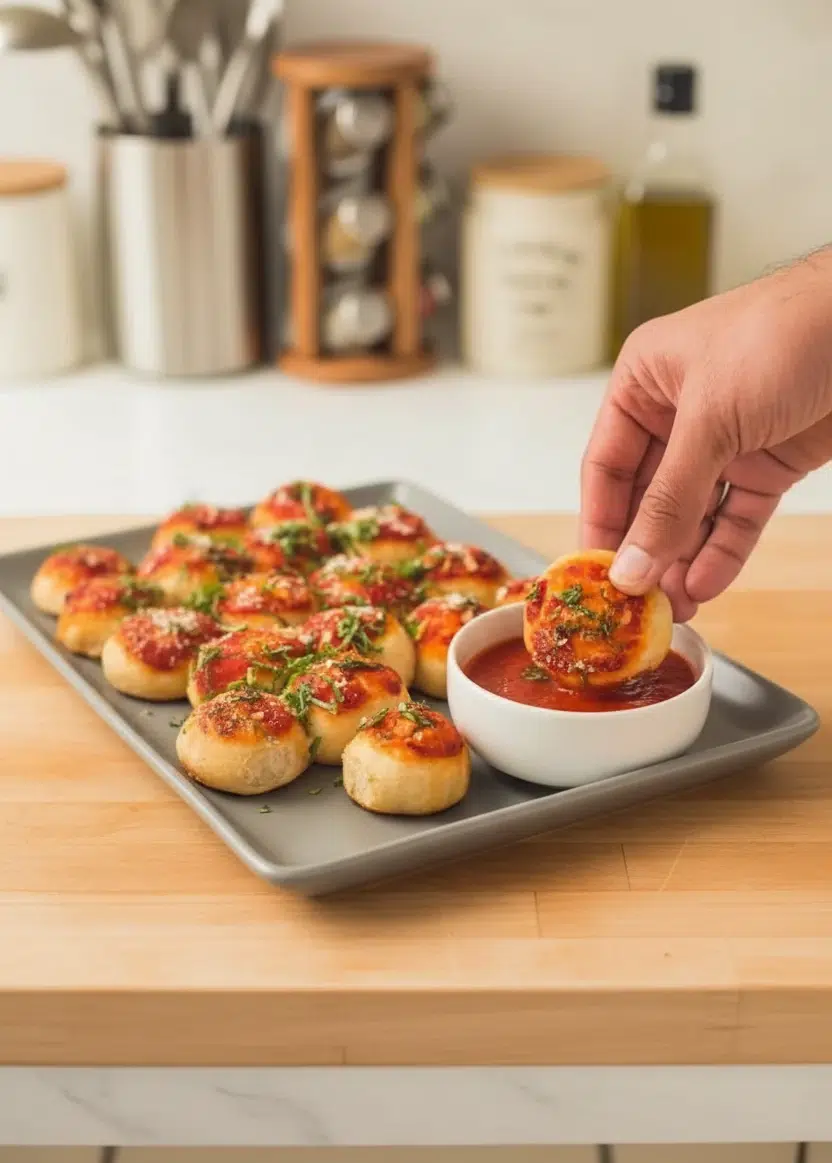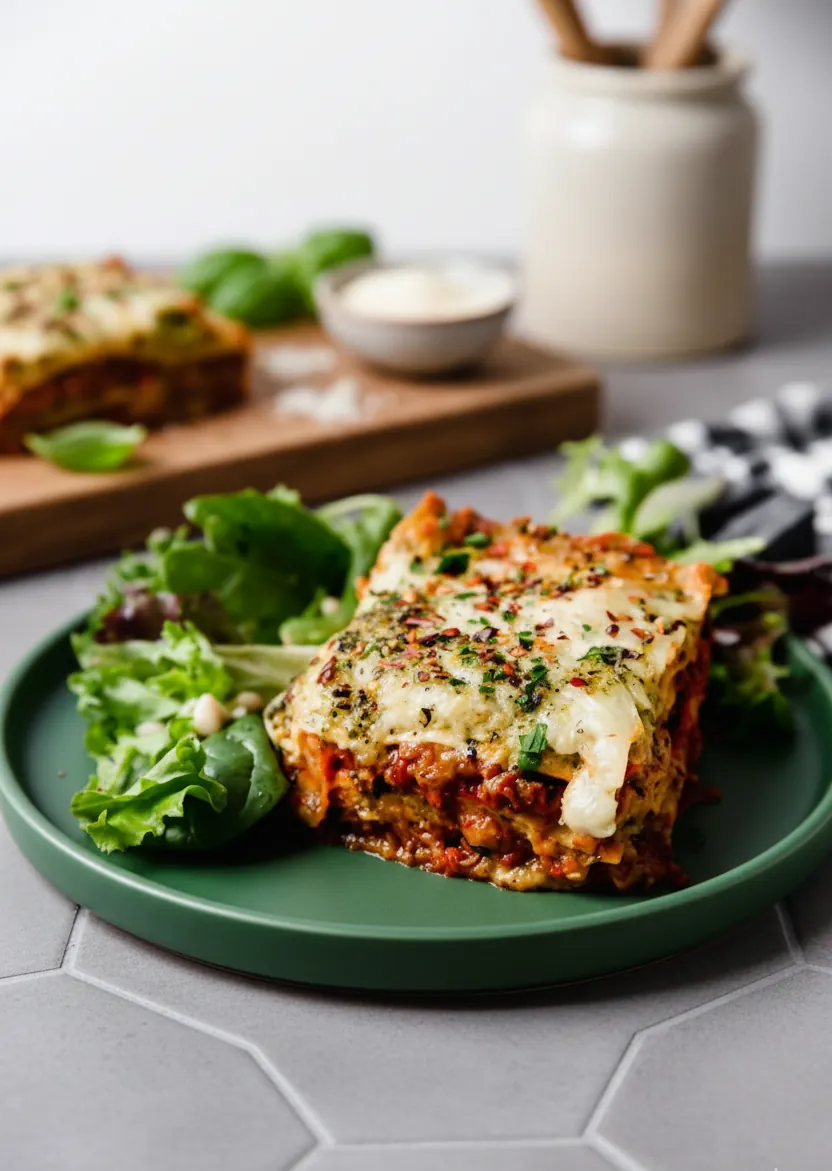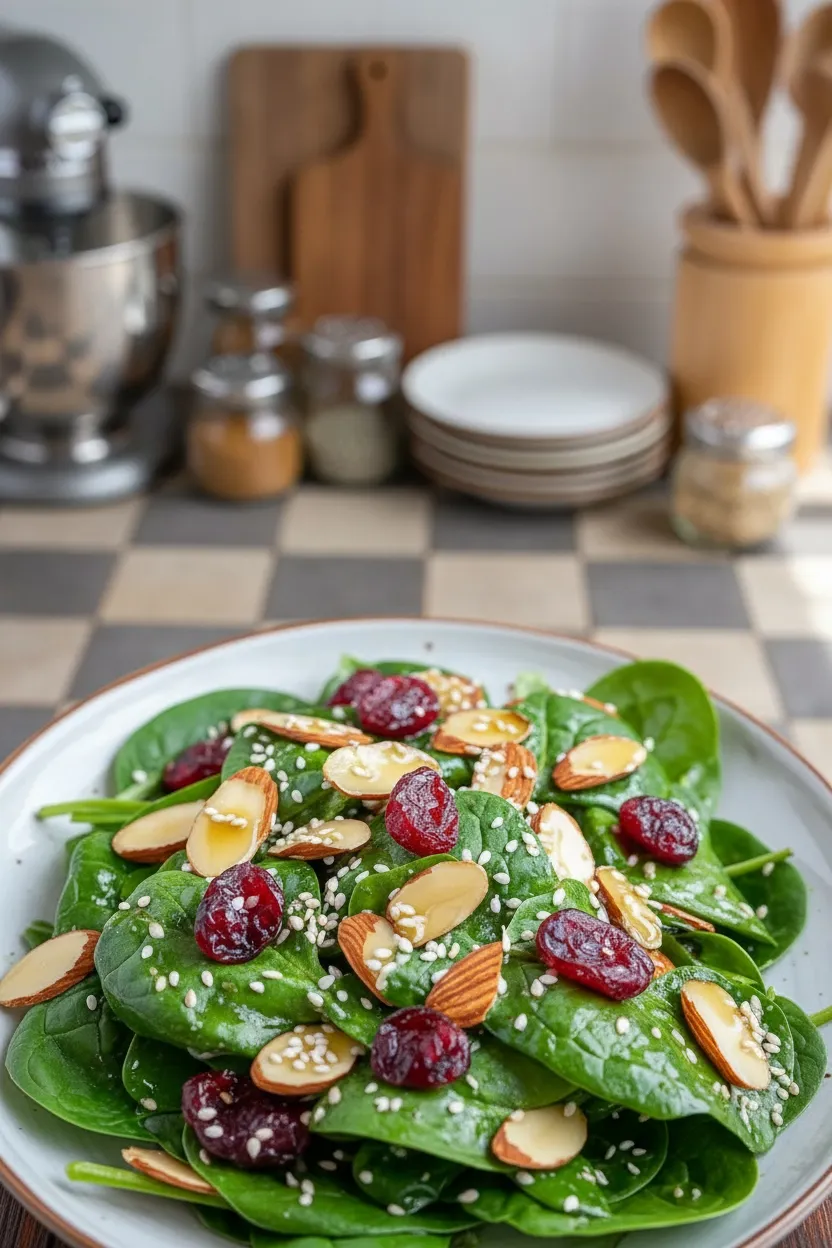Intro
There’s a certain kind of joy that comes from slicing into a dense, buttery cake that’s still warm from the oven. The first time I baked sweet potato pound cake, I wasn’t expecting much beyond a seasonal twist on a classic. But what came out of the bundt pan was something entirely comforting. The cake was rich, spiced just right, and had that beautiful tight crumb that makes pound cake so satisfying. Whether served with a scoop of vanilla ice cream or a drizzle of brown butter glaze, sweet potato pound cake is a dessert that brings warmth to every bite.
What Is Sweet Potato Pound Cake and Why It Works
A southern-inspired twist on a classic dessert
Sweet potato pound cake blends the traditional richness of pound cake with the subtle, earthy sweetness of mashed sweet potatoes. The result is a dense, moist cake with deep flavor and a soft orange hue. It’s the kind of dessert that feels like fall, but honestly, it tastes incredible any time of year. What makes it stand out is how the sweet potato purée adds moisture and natural sweetness without overpowering the buttery flavor that pound cake is known for.
The spices play a supporting role in this cake. Cinnamon and nutmeg warm the batter just enough to bring out the best of the sweet potato. It’s not overly spiced, which lets the main ingredients shine. Every forkful is packed with a soft, tender crumb and a richness that doesn’t feel too heavy.
Understanding the roots of pound cake
The name pound cake comes from its traditional ratio of ingredients: one pound each of flour, butter, sugar, and eggs. While modern recipes have evolved for taste and texture, the spirit of that balance remains. Sweet potato pound cake respects the original form while introducing a modern, flavorful twist.
Adding buttermilk and extracts like vanilla and almond helps soften the cake and enhance its complexity. You still get that classic, satisfying heft of pound cake, but now with a naturally sweet note that makes it even more comforting. Sweet potato pound cake isn’t just a variation. It’s a version that brings both tradition and creativity to the table with every slice.
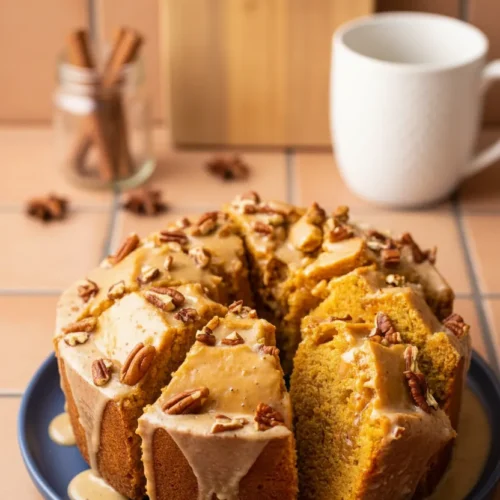
Sweet Potato Pound Cake
Ingredients
- For the sweet potato pound cake:
- 3 cups all purpose flour sifted if lumpy
- 1/2 teaspoon baking soda
- 1 teaspoon kosher salt
- 1 teaspoon ground cinnamon
- 1/2 teaspoon ground nutmeg
- 1 cup 2 sticks unsalted butter, room temperature
- 1 1/2 cups packed light brown sugar
- 1 cup sweet potato purée
- 6 large eggs room temperature
- 1 teaspoon vanilla extract
- 1 teaspoon almond extract
- 1 cup whole buttermilk
- chopped pecans for garnish- optional
- vanilla ice cream for serving- optional
- For the brown butter glaze:
- 1 1/2 cups powdered sugar
- 1/2 cup 1 stick salted butter
- 3 tablespoons whole milk or milk of choice
- 1/2 teaspoon vanilla bean paste or 1 teaspoon vanilla extract
Instructions
- For the sweet potato pound cake:
- Preheat the oven to 325°F and generously spray a 10-cup bundt pan with baking spray or grease with butter and then set aside.
- In a large bowl, combine the flour, baking soda, salt, cinnamon, and nutmeg together. Whisk the dry ingredients super well to combine and then set the bowl aside.
- Using a stand mixer fitted with the paddle attachment or a handheld electric mixer, beat the butter and sugar together until light and fluffy, about 3-4 minutes. Add in the sweet potato purée and continue beating to fully combine. Add in the eggs, one by one, beating until just combined after each addition. Then add in the vanilla and almond extract.
- Next, add in the flour mixture a little at a time in stages alternating with the buttermilk (ex: a little flour mixture, then a little buttermilk). Begin and end with the flour until all of the flour/buttermilk is combined within the cake batter until just combined- careful not to over-mix.
- Empty the cake batter into the prepared bundt pan and use a spoon to evenly smooth the top of the cake batter nicely.
- Bake the cake for 1 hour and 10 minutes or until a toothpick inserted into the cake comes out clean. Allow the cake to cool in the pan for 10 minutes. Then carefully invert the cake onto a wire rack to continue cooling. While the cake cools, prepare the glaze.
- For the brown butter glaze:
- In a small saucepan over medium heat, melt the butter. Allow the butter to melt, undisturbed, to brown- the entire process takes about 5-6 minutes. You should hear the butter bubbling as it cooks. Then the butter will turn golden brown and have a nutty aroma with brown bits on the bottom- careful not to walk away as it can go from perfectly browned to burned in seconds! Once achieved, remove the saucepan from heat and set aside to cool down.
- In a large bowl, combine the powdered sugar and lightly cooled brown butter together and stir to combine. Pour in the milk along with the vanilla paste/extract and continue mixing until everything is well incorporated.
- For the cake assembly:
- Place the cake onto a large plate or cake vessel (with enough space/height to hold in the glaze to keep from spilling over) and drizzle the glaze over the pound cake. Let the glaze sit on the cake for a few minutes to set.
- Garnish the cake with chopped pecans, if desired. Then slice the sweet potato pound cake into wedges and serve warm with ice cream, if you’d like. Enjoy!
Notes
Storing: Keep cake leftovers stored in an airtight container in the refrigerator for up to 1 week, serve at room temperature.
What Makes Pound Cake Different from Regular Cake?
A closer look at pound cake’s rich structure
Sweet potato pound cake shares the same dense, buttery texture that defines all great pound cakes. But what sets pound cake apart from regular cake comes down to ingredient ratios and mixing methods. Pound cakes traditionally use more butter and eggs, which gives them a firmer crumb and a more luxurious mouthfeel. They’re not fluffy or airy like sponge or chiffon cakes. Instead, they’re rich, tender, and often served in thick slices that feel almost like a dessert on their own.
This structure is part of what makes pound cake so appealing. It holds up well to glazes, toppings, and even being served with ice cream. Sweet potato pound cake takes this base and elevates it with earthy sweetness and moisture from the sweet potato purée. The cake stays moist for days without needing any syrup or soak.
How technique affects the final result
The mixing technique plays an essential role in getting the right pound cake texture. Creaming the butter and sugar until light and fluffy is the first key step. It traps air, which helps the cake rise gently. Adding the eggs one at a time allows the batter to stay smooth and emulsified. Alternating the dry ingredients with buttermilk ensures everything comes together evenly, without overmixing.
In sweet potato pound cake, each of these steps matters. Skipping them or rushing can lead to a dense or dry result. When done right, though, the cake has a fine, tight crumb that slices beautifully and tastes just as good on day three as it did fresh out of the oven.
Pound cake is all about balance. Sweet potato adds depth and softness without changing what people love about this classic dessert.
How Much Sweet Potato Goes Into a Pound Cake?
What is a pound of sweet potatoes, really?
When a recipe calls for a pound of sweet potatoes, it’s easy to get confused if you’re not weighing your ingredients. A pound typically equals about two medium to large sweet potatoes, or roughly 2 cups when mashed or puréed. For sweet potato pound cake, the recipe here uses 1 cup of sweet potato purée, which is just under half a pound. That amount brings enough flavor, color, and moisture without overwhelming the batter.
Using the right amount of sweet potato is essential. Too much and your cake might become dense or overly wet. Too little and you’ll miss the warmth and richness that sweet potato provides. Always measure the purée, not the raw potatoes, since weights can change depending on cooking method or water content.
How to prepare sweet potatoes for cake batter
For the best sweet potato pound cake, start with baked or boiled sweet potatoes. Baking brings out their natural sweetness, while boiling softens them quickly. Once cooked, peel and mash until smooth. For an even texture, run the mash through a sieve or use a food processor to make a fine purée. This step helps prevent lumps in your batter and ensures the sweet potato blends into the cake completely.
Avoid canned sweet potatoes or pre-seasoned varieties. They often contain added sugar or syrup that can throw off your cake’s balance. Stick with plain, freshly prepared sweet potatoes to control the flavor.
Sweet potato purée is more than just an ingredient in this cake. It’s what gives the pound cake its signature moist crumb and rich, golden interior. With the right preparation and proper measurement, it becomes the heart of a dessert that feels homemade and memorable from the first bite.
Bringing It All Together with Brown Butter Glaze
A rich glaze that completes the cake
Sweet potato pound cake is already flavorful on its own, but the brown butter glaze turns it into something unforgettable. Brown butter has a deep, nutty aroma that pairs beautifully with the warmth of cinnamon and nutmeg in the cake. It adds a layer of richness without being too sweet or overpowering.
Making the glaze is simple but requires attention. Start by melting butter over medium heat and letting it cook until golden brown. You’ll hear it bubble and pop, and then it quiets down once it’s ready. The moment you smell that nutty scent, it’s time to pull it off the heat. After cooling slightly, whisk the brown butter into powdered sugar, add milk, and a bit of vanilla extract or paste. The result is a smooth glaze that pours easily and sets with a slight sheen.
Drizzling the glaze over the cooled pound cake allows it to flow into every curve and ridge of the bundt shape. If desired, chopped pecans add crunch and make the cake look even more inviting. The combination of soft cake and buttery glaze creates a dessert that feels special but still approachable.
Serving and storing your sweet potato pound cake
This cake is ideal for gatherings or casual moments at home. It holds its shape well and slices cleanly. For an extra indulgent touch, serve each piece with a scoop of vanilla ice cream or a dollop of whipped cream.
Leftovers keep well too. Store the cake in an airtight container in the fridge, and it stays moist for up to a week. Bring slices to room temperature before serving to enjoy the full flavor and texture. Sweet potato pound cake doesn’t just taste good fresh—it might be even better the next day.
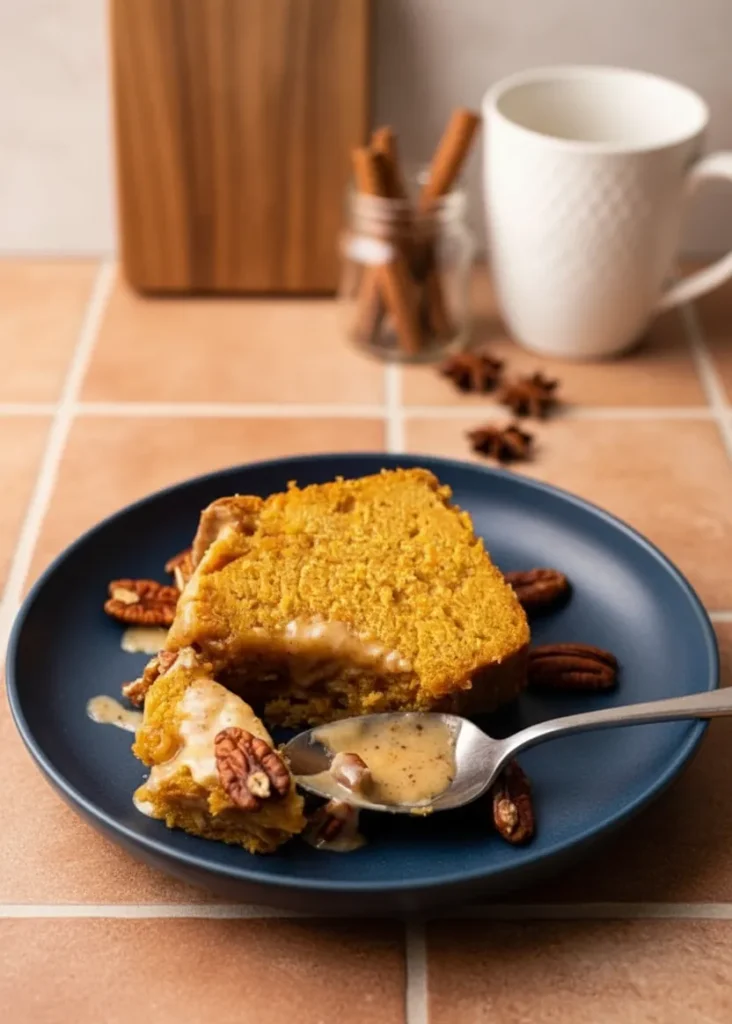
FAQs About Sweet Potato Pound Cake
What is sweet potato pound cake?
Sweet potato pound cake is a dense, buttery cake made with sweet potato purée, warm spices, and traditional pound cake ingredients like flour, butter, sugar, and eggs. It’s rich and moist with a soft crumb and a flavor that blends earthiness with subtle sweetness. Often baked in a bundt pan, it’s topped with glaze or served plain.
Why is it called a pound cake?
The name “pound cake” comes from the original recipe that called for one pound each of flour, butter, sugar, and eggs. Modern versions, like sweet potato pound cake, may adjust those quantities for flavor or texture, but they keep the dense, buttery character that defines the classic.
What is a pound of sweet potatoes?
A pound of sweet potatoes is about two medium to large sweet potatoes. When cooked and mashed, this equals roughly 2 cups of purée. In most pound cake recipes, you’ll use around 1 cup of sweet potato purée, which provides enough moisture and flavor without changing the cake’s structure.
What makes pound cake different from regular cake?
Pound cake is denser and richer than regular cake. It uses more butter and eggs, which gives it a tight crumb and moist texture. Regular cakes are usually lighter and fluffier due to whipped egg whites or leavening agents. Pound cakes are often served in simple slices and hold up well with or without frosting.
Conclusion
Sweet potato pound cake brings together timeless comfort and homemade flavor. With its rich texture, spiced sweetness, and golden brown crust, it’s the kind of dessert that becomes a favorite after just one bite. The brown butter glaze adds depth and a touch of elegance, while the sweet potato purée keeps every slice moist and tender. Whether you’re baking for a gathering or treating yourself to something cozy, this cake delivers warmth and flavor in every forkful.
